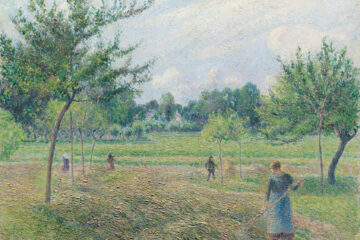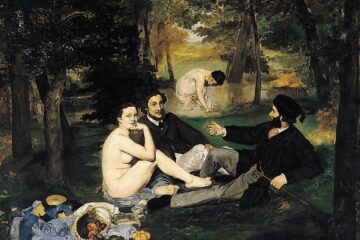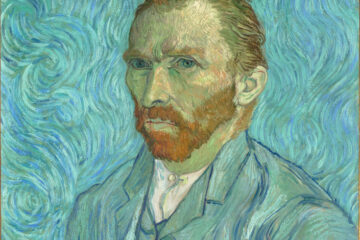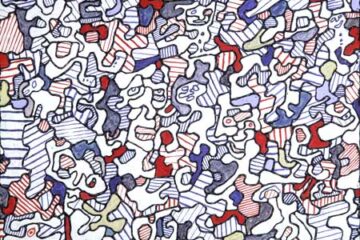With Parshat Shemot Torah’s story becomes a tale about recovering one’s name: one’s legacy and one’s purpose. View the study sheet here. Watch the recording here.
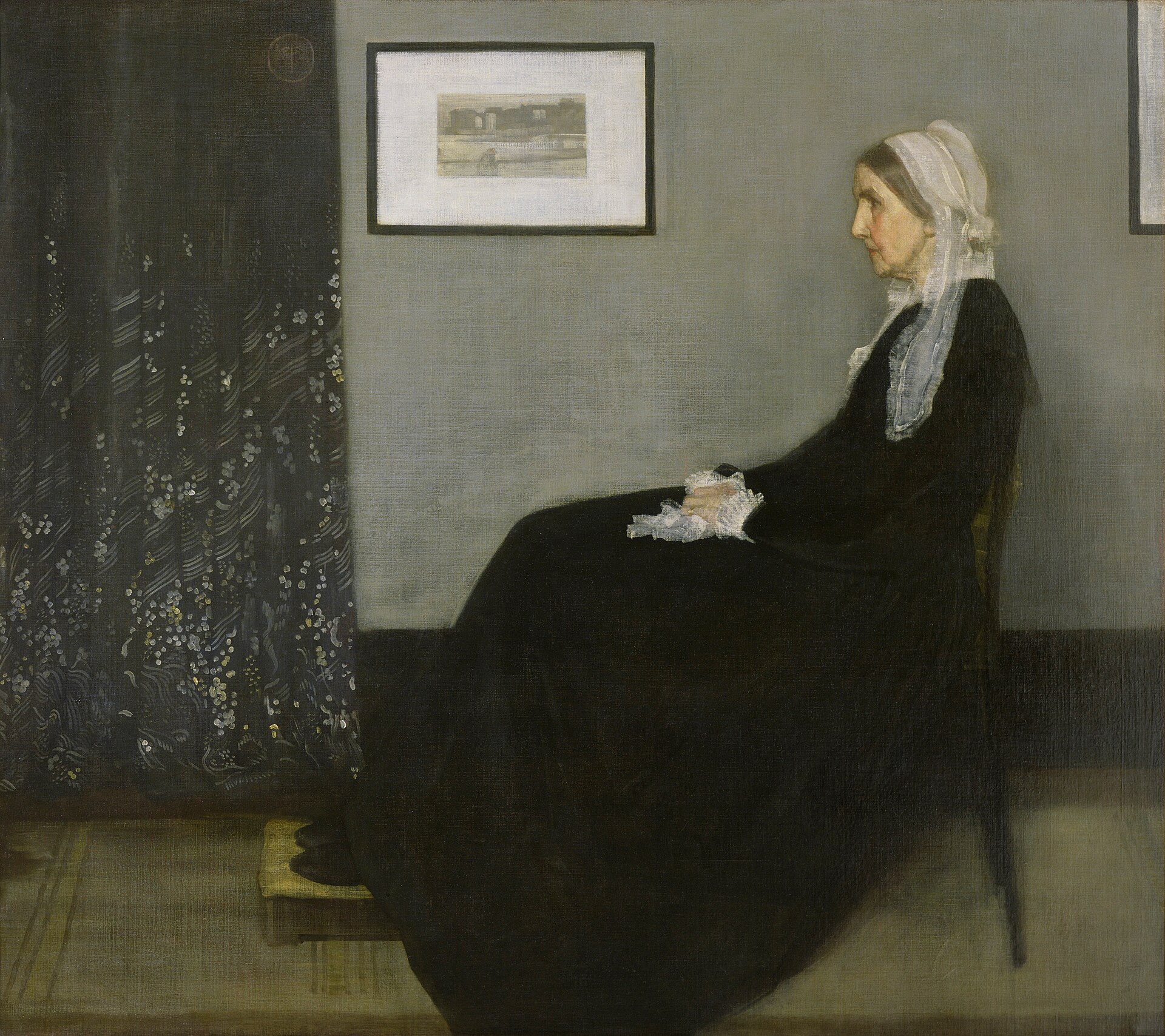
In 1863 James Whistler was living the life of an avant-garde artist in the heart of London, having left the United States behind forever in 1855. He rented a house at 7 Lindsay Row in Chelsea, where he lived with his model and mistress, Joanna Hiffernan. Whistler and Hiffernan had met in 1860 at a studio in Rathbone Place, a prominent artists’ quarter. A year later, shocking English conventions and sensibilities (Hiffernan was also Irish!), they moved in together. Their life revolved around art, scandalizing the staid British, and socializing with other creative nonconformists, including Oscar Wilde and Dante Gabriel Rossetti.
Whistler and Hiffernan secured their status as heroes of the avant-garde when his painting of her, Symphony in White, No. 1 was rejected by both the Royal Academy in London and by the Salon in Paris. It became the centerpiece of officially rejected paintings when it was shown at the revolutionary Salon des Refuses in 1863. Whistler’s reputation as both a herald of a new art form and as an exemplar of bohemian life was set.
Into the middle of that life arrived Whistler’s mother, Anna Matilda McNeill Whistler, in 1863. As a daughter of the South and one sympathetic to the Confederate cause, she was advised by friends to move from Richmond to live with her son in London. A devout Episcopalian and widow of a West Point graduate, Anna Whistler was shocked by her son’s lifestyle.
Whistler accommodated his mother by moving Hiffernan out. Still, he continued to paint and socialize with his artistic friends. In 1871 he was scheduled to paint a large portrait of a figure standing up. When his model failed to show up, he turned to his mother as the subject in the painting. Ever solicitous of her, Whistler had her sit because she was not able to stand for long periods. The result is the painting pictured here. What is the name of this painting?
If you said Whistler’s Mother, you are not alone. I did too. However, Whistler had titled it Arrangement in Grey and Black, No. 1. It was displayed at the 104th Exhibition of the Royal Academy of Art in London. The Academy retitled it Portrait of the Painter’s Mother. And so was born Whistler’s Mother.
Whistler was perturbed by the retitling. In his 1890 book The Gentle Art of Making Enemies, Whistler wrote: “Take the picture of my mother, exhibited at the Royal Academy as an ‘Arrangement in Grey and Black.’ Now that is what it is. To me, it is interesting as a picture of my mother, but what can or ought the public to care about the identity of the portrait?” The retitling radically shifted viewer focus from Whistler’s intended exploration of the power of tonal modulations to that of the representational figure carrying those tones.
The practice of titling paintings is fairly recent. In pre-modern times works of art were primarily produced for patrons, who typically commissioned works on specific themes or of identified individuals. The marketing of art to strangers unassociated with the artist and the role of galleries in displaying paintings to the public at large did not develop until the nineteenth century. Titles did not become necessary until the democratization of viewing and the market selling of art.
While we may think of a painting’s title as originating with the artist, historically it rested more with those who either owned or marketed it. In that sense, titling constitutes an assertion of meaning beyond that offered by the creator.
This week we begin reading from the book of Exodus. When you see that title, what do you presume the story to be about? If you said the defeat of Pharaoh and the departure of the Israelites from Egypt, you likely would not be alone. Yet, Exodus is a Greek retitling of the work. It functions as an editorial determination of the book’s focus.
To the extent Jewish tradition has names for the five books of Torah, they are derived from one of the first Hebrew words with which they each begin. No editorial judgment is involved.
The book we read this week is called in Hebrew Shemot (“names”). Framed this way, we can read the story as less about a battle between two powerful figures, God and Pharaoh, and more about the power of names and the heritage and mission with which they are freighted.
Shemot opens with all of the Israelites being recognized, each son of Jacob and all of their households. They are remembered even in exile. And that remembrance is about both a legacy, a world that was saved, and a promise, a better world that is to be settled.
There is attempted erasure of both those aspects. Pharaoh cannot recall someone named Joseph, the one who saved Egypt from starvation. And the Israelites seem to have difficulty in speaking their own names. What is the name of the father of the child who will be placed in a basket in the Nile? What is the mother’s name? The sister’s name? The story’s primary protagonist has a name that is no name at all: Moses, Egyptian for “son of.” At the burning bush he will cry out, “Who am I?”
Torah’s story becomes a tale about recovering one’s name: one’s legacy and one’s mission. There will always be those ready to present us in a way that most benefits them. We serve a healthy, a sacred, purpose when we proclaim our own name. When we attach ourselves to a legacy of honorable striving and to a mission of creating a better world.
Join us here at 7:00 p.m. (PT) Thursday, January 4 as we explore what’s in a name.



